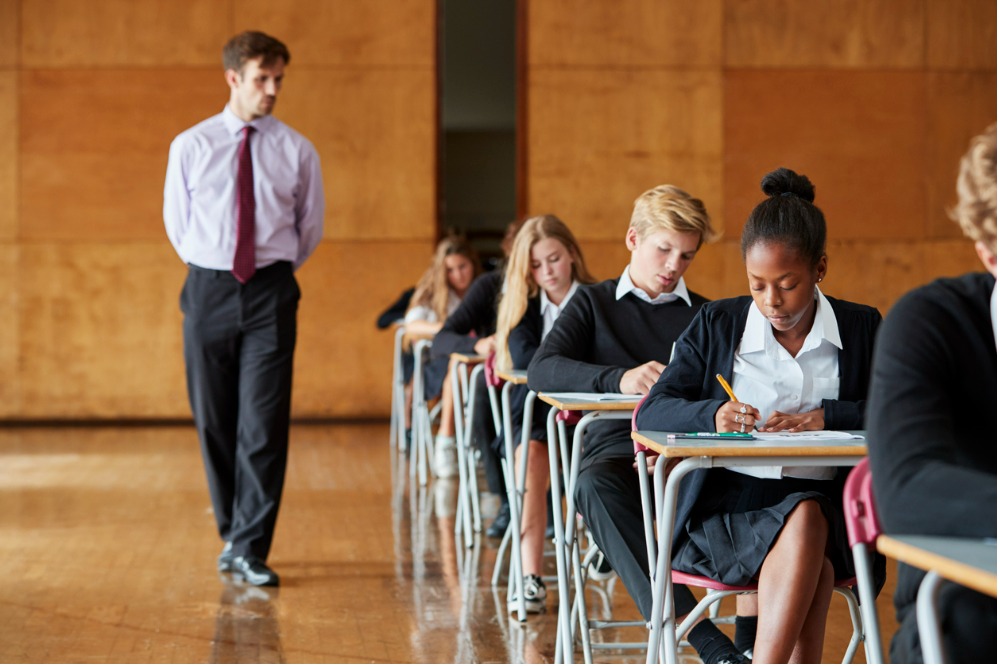
Girls continue to outperform boys in reading and writing, but boys have the edge in numeracy, the latest NAPLAN 2021 data shows.
More than one million students across more than 9,000 schools participated in NAPLAN in May this year, following last year’s cancellation due to the COVID-19 pandemic. Despite the disruption, the NAPLAN National Report found no drop in student performance between 2019 and 2021 at a national and state/territory level.
However, it did reveal that the reading achievement gap between boys and girls in secondary schools is widening, and this gap is larger in secondary schools when it comes to writing outcomes.
“This phenomenon has been happening for some time now, and just as we would like to see girls catching up to boys in numeracy, we would like to see the boys catching up in reading,” ACARA CEO, David de Carvalho, told The Educator.
“Both literacy and numeracy are important for learning other subjects and are important capabilities for later life.”
de Carvalho said schools and system authorities “should be paying close attention” to the kinds of practices that are being adopted in schools that buck these trends and consider if they can be applied more broadly.
Students from major cities outperformed students from regional areas in numeracy, reading and writing. The gap in numeracy and reading has gradually widened between 2016 and 2021 for most year levels.
While this finding was to be expected, de Carvalho said the relative parity of 2019-2021 results at the national and jurisdictional levels of aggregation took many by surprise.
“Many people have found this data surprising, given the impact COVID had on so many aspects of schooling and social life in 2020 around the country,” he said.
“We are doing further work to see if those high-level results mask any changes between different demographic groups, in particular students from socio-educationally disadvantaged groups.”
de Carvalho noted marked improvements in Year 3 and Year 5 reading, Year 5 numeracy and years 3 and 5 spelling since 2008 and some differences when assessing long-term trends in the gaps between different demographic groups.
“One example is the long-term trends in the gaps between male and female students, where males outperform females in numeracy and there is some evidence for this gap widening for Year 7 and 9 students,” he said.
“In reading we can see that girls are outperforming boys and that this the gap is widening in secondary school since 2016.”
Gaps remain in regional and remote achievement
In regional areas, numeracy, reading and writing achievement by students was significantly higher than achievement by students from remote and very remote areas, but the gap in achievement between regional and remote areas has remained steady over the past five years.
“We know that as geographical remoteness increases, student performance decreases in key areas like numeracy and reading,” Minister for Regional Education, Bridget McKenzie, said, adding that the recent appointment of Fiona Nash as the inaugural Regional Education Commissioner is an important step towards addressing the issue.
“The role of the Commissioner will bring a national focus to this issue and Fiona will work across education sectors, jurisdictions and communities to champion regional, rural and remote education to support the success of our students.”
Early indications from the Australian Curriculum, Assessment and Reporting Authority (ACARA) suggest that the gap between high and low socio-educational groups widened between 2019 and 2021.
However, further analysis – the results of which are expected in early 2022 – is being conducted to determine whether this can be attributed to the impact of the pandemic or if it is part of a longer-term national trend unrelated to the pandemic and its lockdowns.


